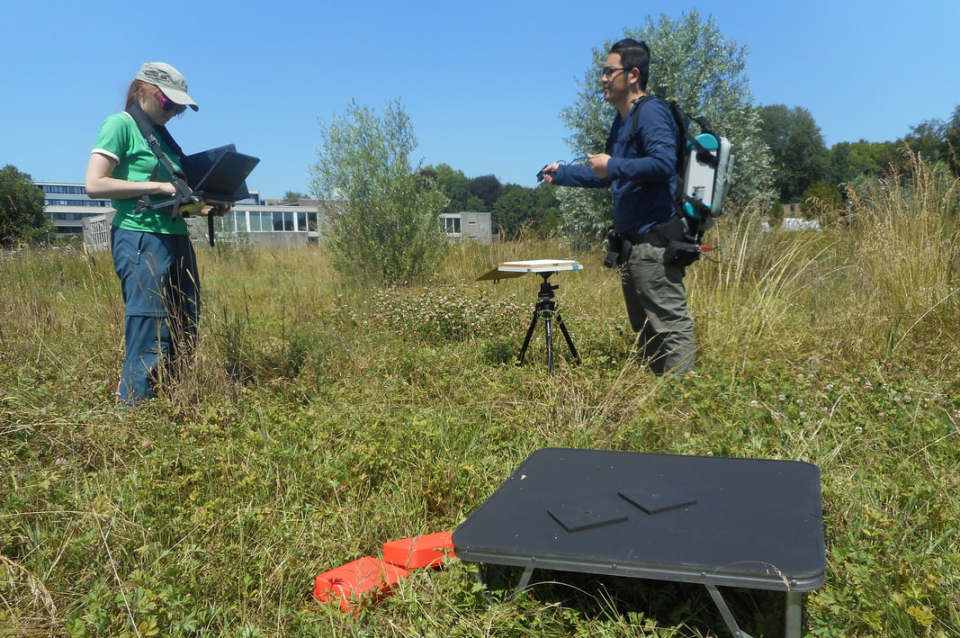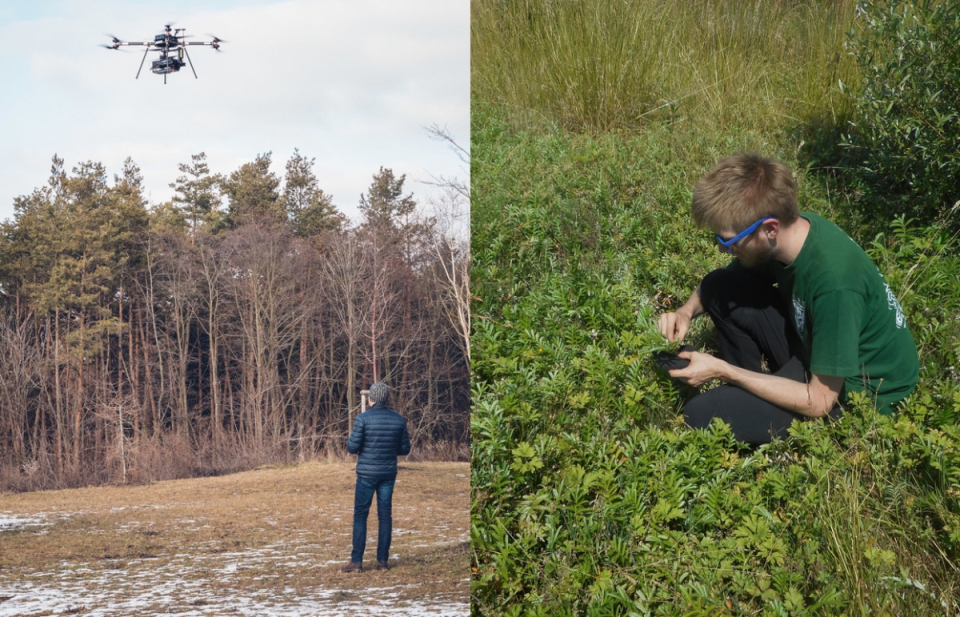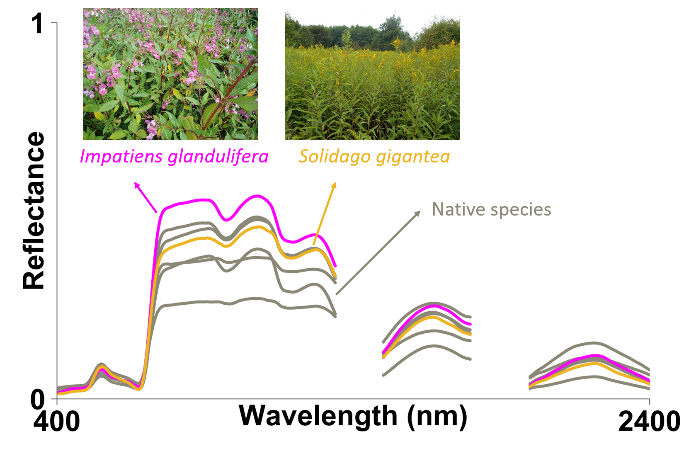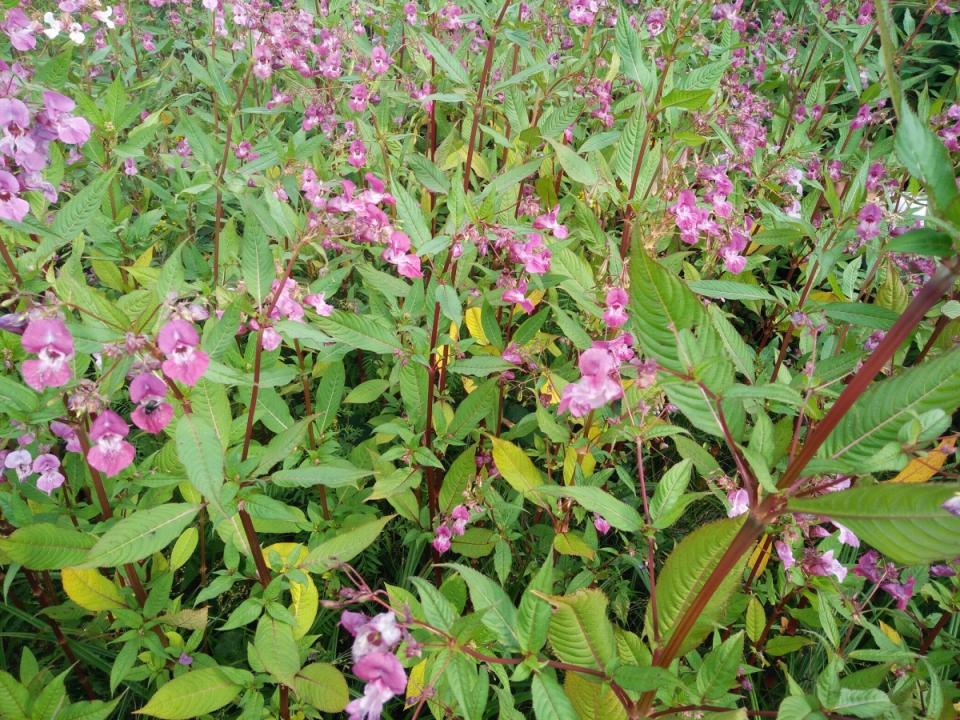Context and objectives
The general objective of this research proposal is to develop a novel ‘optical types’-based approach to evaluate and to predict the impact of invasive plant species on ecosystem functioning. Our prediction is that this new approach can complement and may potentially outperform the commonly used conventional plant functional type and functional trait based approaches when quantifying the impact of invasive plant species. The principal idea behind the proposed approach is that invasive plant species often have physical-chemical properties that differ from native species. These physical-chemical properties can be directly linked to ecosystem functioning changes following invasions, and they can be largely quantified based on the optical reflectance spectra of the species, which are detectable due to recent developments in hyperspectral remote sensing technology.
This project should be considered a proof of concept study, which, if successful, will provide a leverage to new methods of ecosystem analysis and improve our ability to measure and better understand the impact of invasive plant species while delivering a useful tool for performing environmental risk assessment analysis in invaded ecosystems.
Project outcome
Scientific results
- Meta-analysis, summarizing the history and capability of current hyperspectral sensors and methods to estimate several key traits in grass and shrub ecosystems.
- Novel procedure to measure the reflectance and optical traits of individual herbaceous species in situ, that captures structural plant properties, while eliminating confounding effects of other species, soil or non-photosynthetically active vegetation.
- A conceptual framework for defining plant functional types based on the synergies between functional ecology and hyperspectral remote sensing (plant optical types).
- Assessment of the impacts and underlying pathways of two functionally distinct invasive alien species on ecosystem functioning, through the use of optical traits.
Societal (including environmental) relevance
Plant species invasions are among the most important threats to the functioning of the earth’s ecosystems. Invasion biologists have mainly focused so far on the effects that invasive plant species have on native populations and communities. The response of ecosystem functioning to invasion has received considerably less attention.
Products and services
- Spectral and functional trait data stored in TRY and ECOSIS databases
- Novel procedure to measure the reflectance and optical traits of individual herbaceous species in situ
- Tools to delineate plant optical types and to study invasion impacts on ecosystem functioning, and the mechanisms underlying these impacts.
Potential users
- Ecological scientific community
- Nature conservation practitioners
Outreach
Biodiversity threatened by invasive species: INPLANT carried out the survey
Biodiversiteit bedreigd door invasieve soorten: INPLANT deed het onderzoek
Biodiversité menacée par des espèces invasives: INPLANT a mené l’enquête
| Project leader(s): | KULeuven - Department of Earth and Environmental Sciences (EES) | |||
| Belgian partner(s) |
|
|||
| Location: |
Country:
Region:
|
|||
| Related presentations: | ||||
| Website: | https://inplant-project.weebly.com | |||





